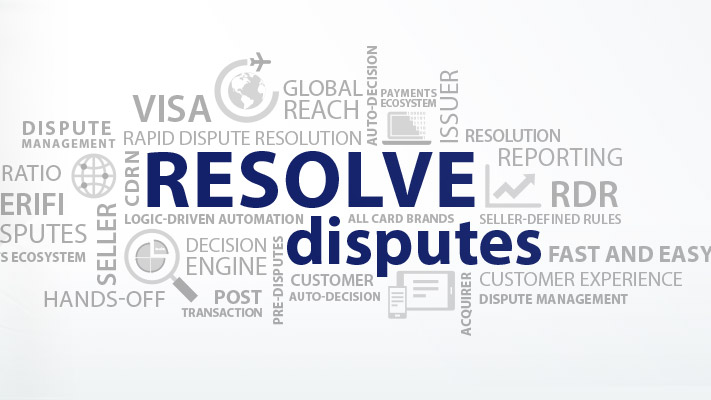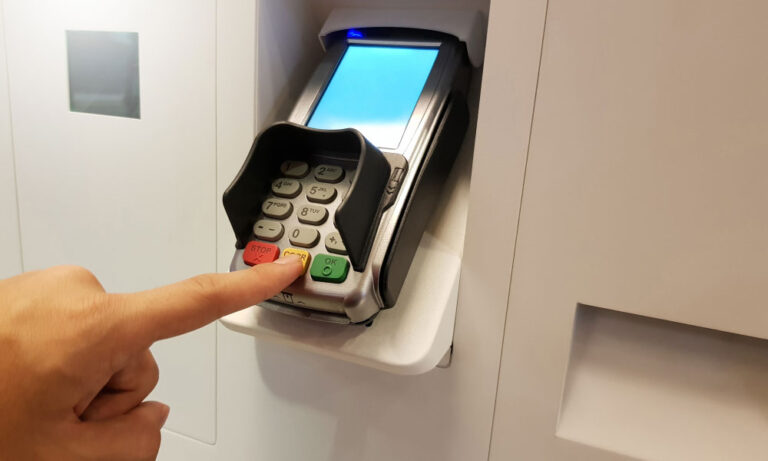How Important Are Billing Descriptors?

Want to know what one of the best tools is for reducing chargebacks? The humble and sometimes overlooked billing descriptor. Billing descriptors are found on billing statements and provide details for a transaction. Good billing descriptors allow cardholders to quickly and easily identify a transaction. Unfortunately, poorly implemented billing descriptors all too often cause confusion, which can lead to chargebacks.
So how important are billing descriptors? Quite simply: they’re crucial. If you don’t set up your billing descriptors properly, you could quickly get hit with chargebacks. Clear, descriptive descriptors, on the other hand, reduce customer confusion, thus protecting your brand, business, and the bottom line. Let’s take a closer look at why this is the case.
Widespread Card Fraud Helps Fuel Widespread Confusion
Widespread fraud has people on their toes. Security.org reports that 62 million Americans suffered credit card fraud last year and over 60% have been victimized by such fraud at some point. Over half have been victimized multiple times. With card fraud so widespread, many cardholders now keep their eyes out for suspicious transactions.
Vigilance is a good thing for consumers and could lead to declining criminal activity in the long run. However, merchants need to be wary of misunderstandings. If a customer gets confused and doesn’t recognize a legitimate transaction, they may contact their bank to file a chargeback. One of the biggest sources of confusion, meanwhile, is poorly written and implemented billing descriptors.
Mastercard reports that about half of consumers questioned a purchase at some point in the prior 12 months and nearly a quarter did so because they didn’t recognize details on their billing statement. Visa, meanwhile, states that roughly 3 million chargebacks per year result from a cardholder not recognizing a transaction.
A Look at How Poor Billing Descriptors Can Lead to Chargebacks
To understand how vague or poorly written billing descriptors can lead to chargebacks, it’ll help to illustrate an example. Let’s imagine an entrepreneur, we’ll call him John Doe (imaginative, right?). We’ll assume that Mr. Doe owns a pub, John’s Acme Pub. However, Mr. Doe placed his business under a holding company “Doe’s Restaurants” and that’s the business name used on receipts.
Problem is, when a cardholder is going through their credit card statement and sees a payment made to Doe’s Restaurants, they’re not likely to recognize the name, and they may think it was an unauthorized charge or that they were otherwise defrauded. From there, they could call their bank and ask for a chargeback. The bank, in turn, may then file a chargeback.
When John Doe gets the chargeback notification, he can communicate with the bank and clear up the confusion. Once informed that the charge was for dinner at John’s Acme Pub, the cardholder and/or bank may stop pursuing the chargeback. Unfortunately, however, the damage has already been done. John is still going to have to pay chargeback fees and his company’s chargeback ratio will rise, which could result in increased transaction processing fees.
In this case, the cardholder wasn’t trying to hurt John or his business. It was a simple matter of confusion. Ideally, the customer would have done a bit of research before filing a chargeback, but life gets busy, and for cardholders, there’s not much downside to filing chargebacks. Merchants, fairly or not, must bear the burden, which means it’s crucial to avoid chargebacks in the first place.
Clear Things Up With Good Billing Descriptors
When setting up billing descriptors, you need to make sure they are as clear as possible. Customers should be able to quickly identify the brand and company name they are familiar with.
Further, the product/service description should also be clear and offer enough details to make the transaction recognizable. So, the billing descriptor shouldn’t say “dinner promo” but instead something like “turkey club sandwich.” Details help but do keep in mind that there are character limits.
Also, you can use static and dynamic billing descriptors. With dynamic descriptors, the descriptor is customized for each transaction. With static, they are the same for transactions of the same type. Generally speaking, dynamic descriptors are the better bet for most businesses.
If at any point you get hit with a chargeback and find out that it was due to confusion and unrecognized billing descriptors, you need to go through your descriptors to see if you can improve them. You may want to ask for outside opinions to ensure that they are clear to potential customers.
Other Tools for Clearing Up Confusion
Billing descriptors offer one of the best ways to prevent and resolve misunderstandings. There are other tools you can leverage as well, including information-sharing platforms, like Verifi’s Order Insight and Ethoca Consumer Clarity. These tools share transaction information with customers and banks and can often clear up confusion, thus preventing chargebacks.
Managing Order Insight and Consumer Clarity can be cumbersome. However, ChargebackHelp’s dispute management platform makes managing these tools a breeze. We offer a variety of other tools that can help you prevent, deflect, and combat chargebacks, so get in touch if you need help.






